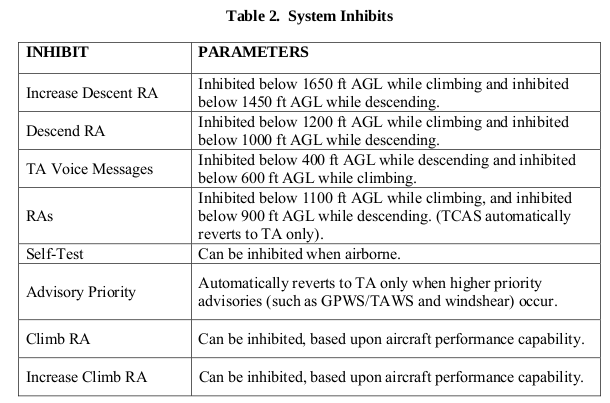TCAS (II) does not give the descend RA below 1200 ft AGL while climbing and inhibited belowor below 1000 ft AGL while descending.
Image from FAA Advisory Circular 20-151A Table 2
In case such an unlikely event happens (and is not an equipment malfunction), the best possible maneuver is to climb away from the incoming aircraft i.e. turn and climb to the side of the previous route.

